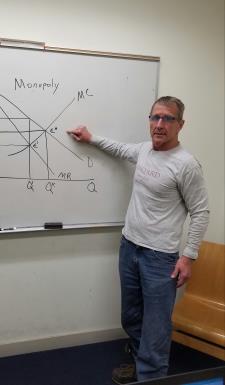
Lenny D. answered • 05/21/19
Financial Professional with many years of Wall Street Experience
The whole premise of CAPM is that the equity premium is some markup of the risk free rate. Right off the bat there is no such thing as an asset wholes value will be known at any point in time. You have know idea what a 10 year duration government bond will be worth in 10 years or what a constantly roll tb-bill position will be worth in 10 years. When trying to empirically validate the CAPM the results were pretty poor..
It assumes a single unlevered cash flow. When you buy a share you are taking on a companies balance sheet. It fails to look at the capital structure of a firm Earnings are distributed to to tax collectors and creditors and the residual earnings to the shareholders. They will clearly want an equity premium greater than the interest paid on the most subordinated debt. That interst will depend upon the credit of the firm. The "factors" in the 3-factor model are highly correlated with credit. Using these as instrumental variables in an econometric regression yield very high explanatory power.
In The CAP m less risk averse investors will lever these share, borrowing at the risk free rate from more risk averse investors. Somewhere in here it is implicitly assumed that the random cash flow is collateralizing this debt. The fact is, Shares are already levered. You would expect leverage firms to have more volatile prices and would command a higher equity premium
Again, Fama french wasn't trying to help understand How earning across firms covary through time but rather why attempts to validate the equity premium as a markup over some "market portfolio". . Without saying so it is taken that "tis market portfolio has already been priced" and Tehn a risk free asset was introduced. I could go on about this for hours




